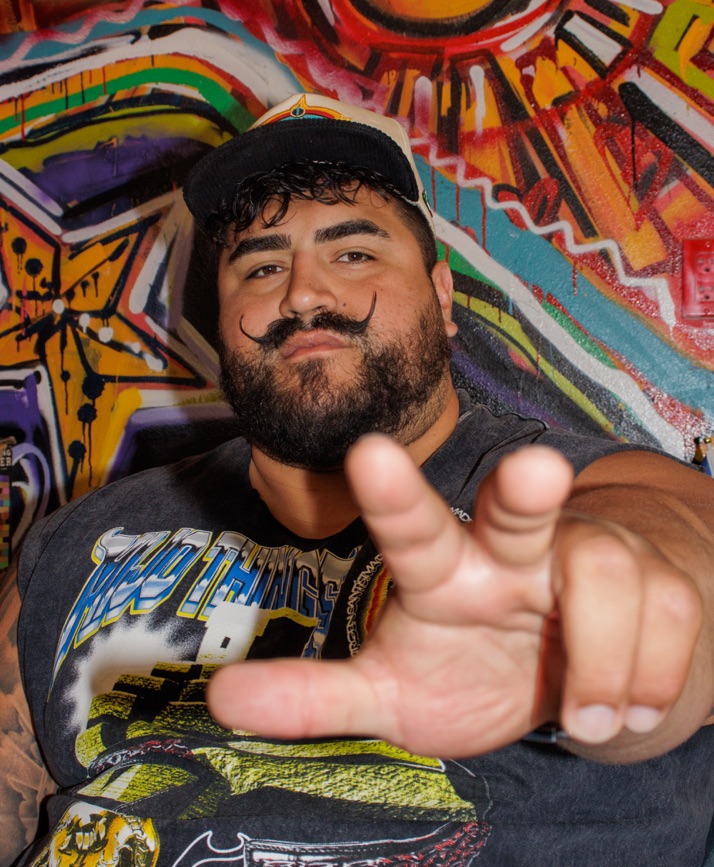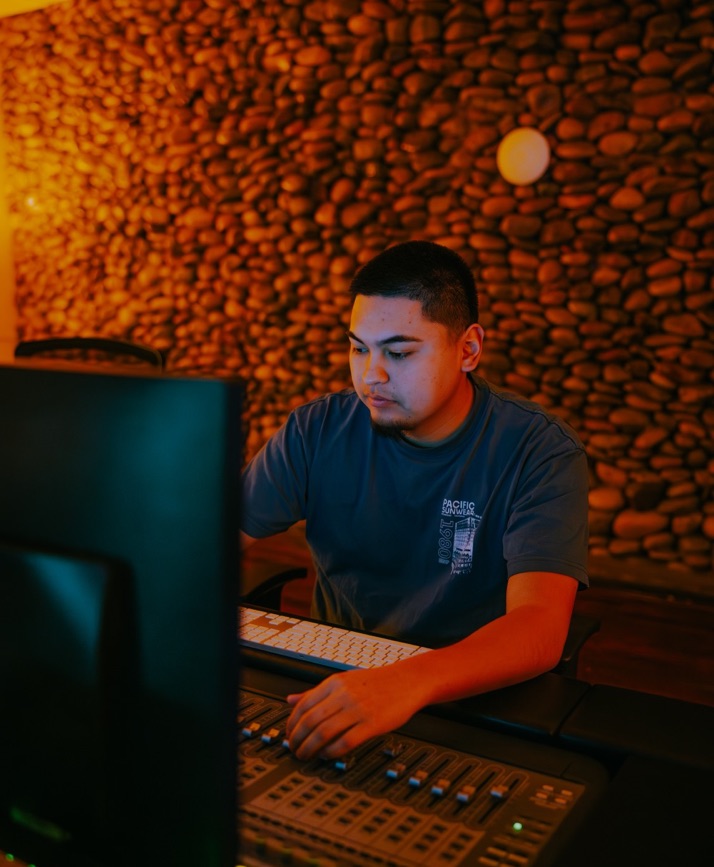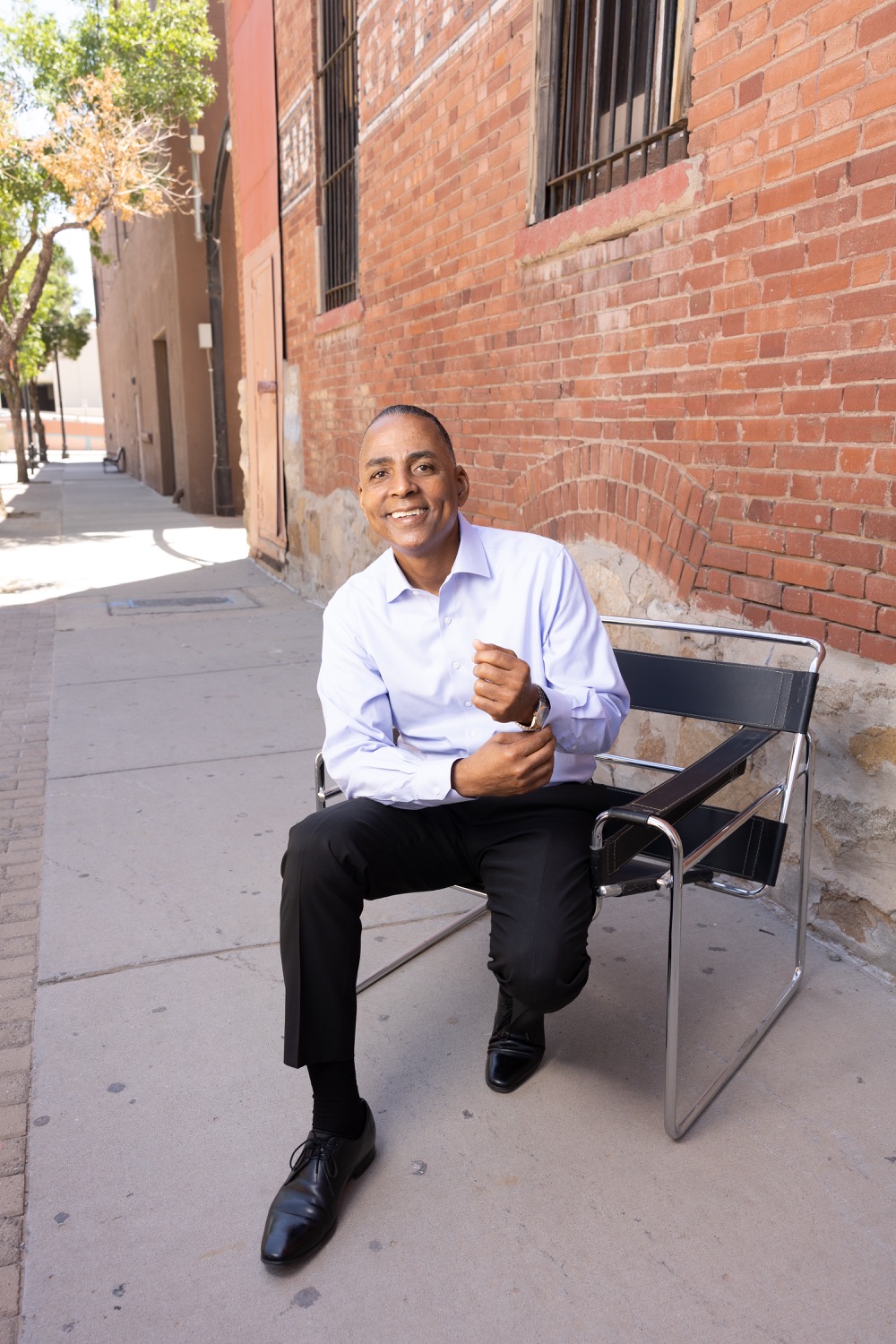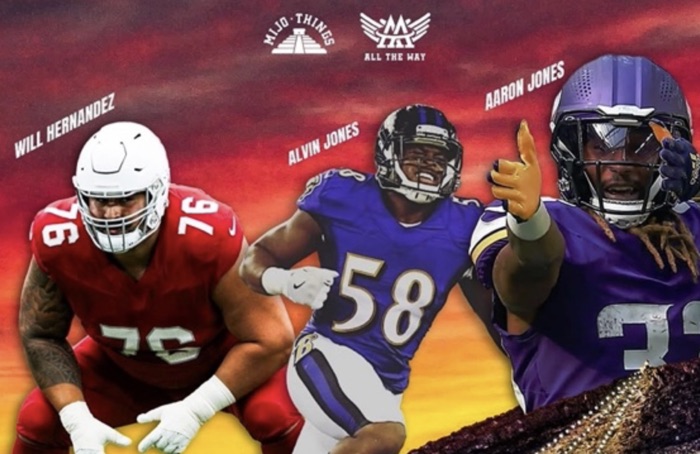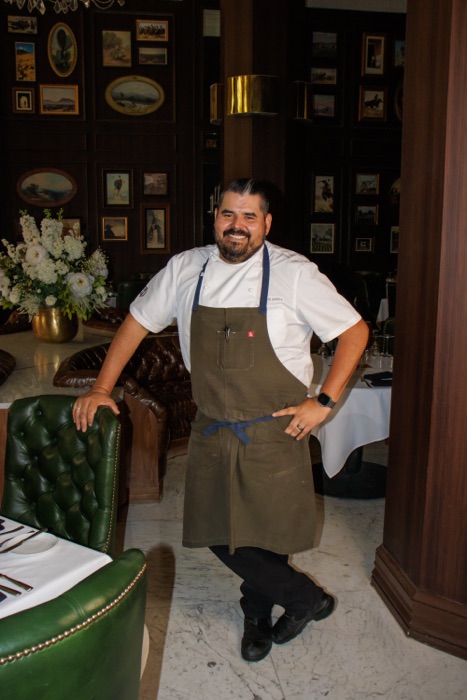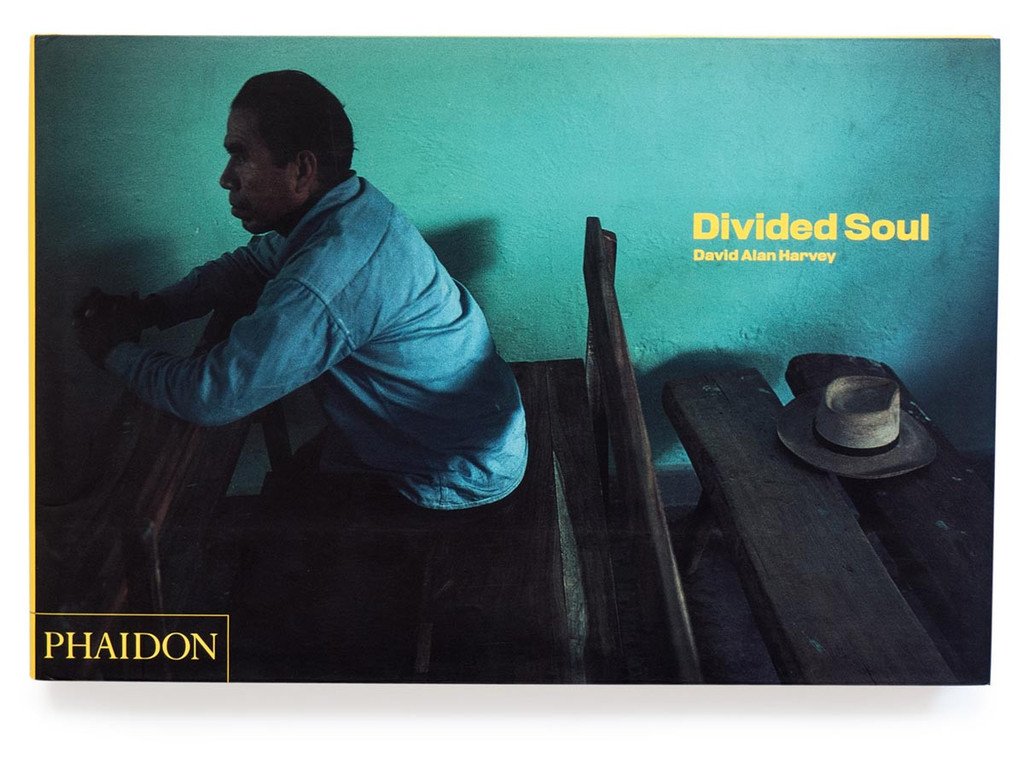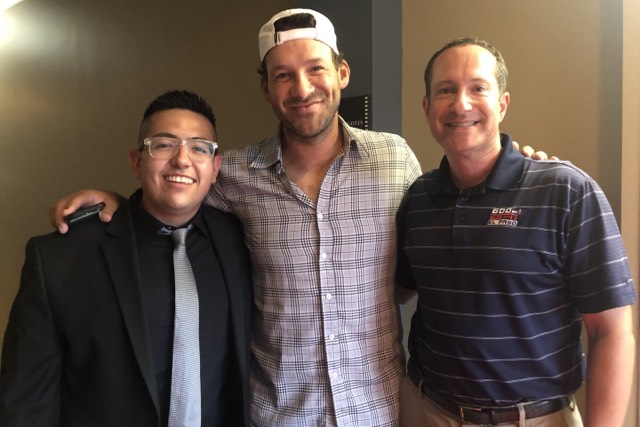
By
Erin Coulehan
Editorial photography by
Sergio Olivas
Additional photography provided by
Christian Hanna
For former Dallas Cowboys quarterback, Tony Romo, football, like life, is about timing. Spending time in preparation for achievement so that when the opportunity comes, you may take it and run.
Like Romo, for Chris Hanna, a local filmmaker, greatness is all about timing. Hanna’s documentary, “Now or Never: A Tony Romo Story” is about more than the football star’s career as a professional athlete. Rather, it’s a film about a journey of perseverance, ambition, and identity as a Mexican-American.
Hanna was born in El Paso and raised in Ciudad Juarez until eighth grade. He says his love of film and television preceded his love of football, which he became immersed in once he returned to El Paso.
“My interest in football really started when I came back to El Paso, and it was like everybody was a Dallas Cowboys fan,” he says. “I had no idea what was going on. I got into football through my uncle and then the rest is history.”
Romo is a third generation Mexican-American, whose career as the quarterback for the Dallas Cowboys cemented him as one of the most accomplished Latino athletes in American history. The Dallas Cowboys has the largest Latino fan base within the NFL, which remains a celebrated culture and source of pride in places like El Paso.
Hanna says his uncle not only rooted for the Dallas Cowboys, but also followed Romo’s career extensively, which made an impression on him. By the time Hanna was attending El Paso Community College, he was a diehard fan.
“Film wasn’t my first medium,” he says, “I was actually an actor.”
Hanna’s introduction to theater arts was in 2006 while attending Bel Air High School.
“In eighth grade, I signed up for soccer because I wanted to be an athlete, but I definitely wasn’t an athlete,” he says.
The soccer tryouts, he says, were like a movie, agonizing in its intensity.
Dozens of other competitors and potential teammates on the field, teenage angst and awkwardness, and an existential quandary before a scrimmage between the athletes aspiring to make it to the team.
“All of the other players got picked for a team,” recalls Hanna. “I was standing there alone, nobody had picked me.”
He was offered a spot on the team by the coach; not as a player, but as the team manager.
“He said I’d give water to the players and travel with the team, but I knew it was a fancy word for ‘water boy,’” he says.
Hanna aspired to more, and decided to replace soccer with theater arts in his schedule – where he thrived.
“I just loved acting, and I think that’s where my love of directing came to be,” he explains.
By the time he got to EPCC, he was interested in acting and directing but opted for the director route, then later pursued graduate studies at the Santa Fe University of Art and Design.
The university announced its closure during his senior year, which created a crisis for the students and faculty.
What would they do?
Where would they go?
Would they ever work professionally?
“I figured that I needed to start my own thing, or it was never going to happen,” he says.
Around the same time, Romo had recently announced his retirement – much to the dismay of fans like Hanna – and Hanna was also developing his film for his thesis with his graphic designer.
“We were reminiscing over Romo’s career and I mentioned how important and beautiful it would be to tell his story; how much he fought for the organization; how he was pushed back; and what was going on inside his mind,” says Hanna. “With him being Mexican-American and me seeing myself and him, with his grandparents crossing Mexico (his grandfather specifically).”
Hanna saw the journey of him and his family reflected in the success of Romo’s career.
“I saw myself in him. With me being from the Borderland and, and having a similar story, I felt like a lot of people would also see themselves in him and would probably be inspired to succeed in anything that they want to succeed in,” he says. “I felt like, why not start this film now?”
At the time, Hanna didn’t know that his ambitious thesis would turn into an odyssey – but a lot of the best stories (and movies) happen like that.
To begin, he started at the micro level.
“I thought a good start would be to find people who worked with him and coached Romo as a kid. I thought maybe I could make a movie about how his career was started,” Hanna recalls.
Through his research, Hanna connected with journalist Michael J. Mooney, who had profiled Romo for Texas Monthly.
“I reached out to him and asked him if he could just kind of reminisce on Romo’s career and tell me about the article, and maybe I would have him be an expert in the film,” says Hanna.
Mooney helped connect Hanna with people in Romo’s life who were close to the superstar via email.
“They all answered,” says Hanna. “They all liked that I wanted to do this film; this independent documentary on Tony; me being from El Paso, and wanting to kind of get a head start on my career by having this be a thesis. So they said, ‘Let’s see you know what you got.’”
Hanna and his film partner, Nina Hedberg, took the challenge and ran.
“We took a leap of faith. We sold a guitar. We sold a playstation. We sold a bunch of stuff and applied for our first credit card. We went on this journey not knowing if we would even ever meet Tony Romo,” says Hanna.
Hanna and Hedberg flew to Chicago, then rented a car to drive to Burlington, Wisconsin to film.
“We had never been to Wisconsin,” says Hanna. “I definitely don’t like Green Bay because I’m a Cowboys fan.”
They arrived prepared to interview the coaches, capture the footage they needed, and produce the film as professionals, not only as students working on a thesis.
“I knew Tony Romo’s career inside out,” says Hanna. “That’s not as a fanboy, but as somebody that really was inspired by him and his fight.”
During the interviews, Hanna and Hedberg learned not only about Romo’s ascent as an athlete, but also about his development as an individual.
Hanna interviewed Romo’s former childhood basketball coach who shared an insight on the athlete that continues to inspire the filmmaker.
“‘Tony gives, and nobody knows he gives, nobody needs to know,’” recalls Hanna. “That is who I work toward being every single day.”
Hanna and Hedberg impressed the folks in Romo’s circle they had been talking to, and were invited to Romo’s annual football camp a few months later.
“I asked if Tony Romo was going to be there, and they said, ‘It’s the Tony Romo football camp – of course, he’s going to be there!’”
This was a game changing step in the right direction for the filmmakers after being discouraged back at school.
Hanna had to pitch his thesis as part of the curriculum, and was confronted with the ugliness of bias from a professor.
“What makes me think that a kid from El Paso would get this opportunity with Tony Romo?” she asked, then said he had about a 50/50 chance.
“I’d take those odds in Vegas,” replied Hanna.
Undeterred – in fact, more determined than ever – Hanna headed to Romo’s football camp.
“I arrived at the camp with all my stuff and saw Tony throwing to the kids and was just starstruck. Then the coaches came up to me and said Tony really liked what I was doing with the film,” he says. “Then they said he wanted to give me 15 minutes.”
Hanna and Hedberg were ready.
They had lights. They had cameras. They were ready for action, but with a slight challenge.
“I had a list of about 100 questions and only 15 minutes!” laughs Hanna.
Romo arrived and they started the interview. After 45 minutes, the two were still talking.
The interview with his idol went well, then Romo connected Hanna to more people in his life to help bolster the film.
“We interviewed his father. We also got to go to Dallas to interview his grandparents, which was special because we got to capture his grandfather before he went on to pass away in 2020,” says Hanna.
The film was first screened in Burlington, and Romo enjoyed it so much that he offered to help Hanna promote during their film festival run.
After the premiere, Romo made a comment that will stick with Hanna forever.
“This film is better than the NFL’s ‘Football Life’,” the football star told him.
It didn’t take long for Hanna to be approached about distribution of the film but then the COVID-19 pandemic hit. Hanna faced further challenges with the film when it came to the cost of licensing NFL footage, and so much more.
But he persisted.
He had come this far, and the community took notice of his work.
“All of these El Paso people start coming in and helping out with the film,” says Hanna. “Like, ‘We want to be part of the partnership here and what do you need?’”
Hanna began working with local businesses like Longhorn Distributing and 915 Tours to help raise the funds the film needed for distribution, as well as entertainment lawyer Brian Kennedy, Steve Kaplowitz of ESPN 600, and his mother.
“I wouldn’t be here without her,” says Hanna.
“Now or Never: A Tony Romo Story ” is now available on streaming services like Amazon Prime, Google Play, and Vudu Fandango but Hanna is continuing to work on larger distribution of the film – along with other exciting projects.
“The medium of sports documentary film is to show people that athletes are not just entertainment, that they’re not just a show – they’re people too, and people that you can learn from and be inspired by, and be motivated by, but nonetheless, they have their lives as well,” says Hanna. “So that’s my mission in life right now.”





